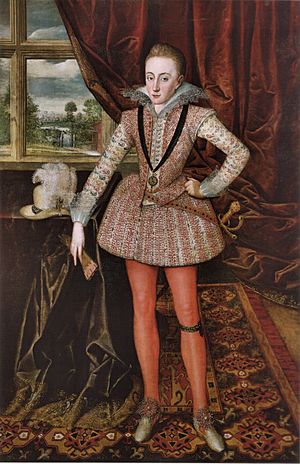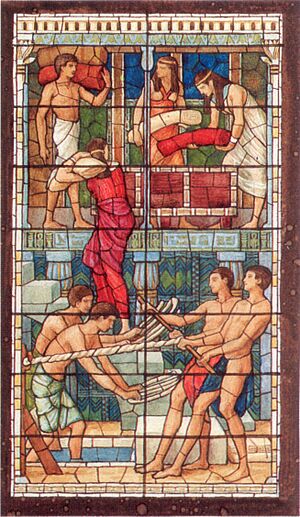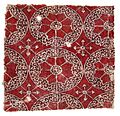Textile arts facts for kids

Textile arts are special skills and crafts. They use natural materials like plants and animal fibers, or man-made (synthetic) fibers. People use these fibers to make things that are useful or beautiful.
Textiles have been around since the very beginning of human civilization. Many ways of making them have changed over time, but their main uses have stayed the same.
A Journey Through Time
The story of textile arts is also a story of how different countries traded with each other. For example, a special purple dye called Tyrian purple was very important in the ancient Mediterranean region. It was a sign of wealth and power.
The famous Silk Road was a trade route that brought Chinese silk all the way to India, North Africa, and Europe. In many places, there were even laws about who could buy and wear fancy textiles. This was because they showed a person's social class and how important they were.
The Textile Revolution
The Industrial Revolution brought big changes to how textiles were made. New machines like the cotton gin, the spinning jenny, and the power loom made it possible to produce fabrics much faster. These machines took over a lot of the hand work. Some people, called the Luddites, were against these new machines because they feared losing their jobs.
Images for kids
-
Mantle ("The Paracas Textile"), made between 100 and 300 C.E., now at the Brooklyn Museum.
See also
 In Spanish: Artes textiles para niños
In Spanish: Artes textiles para niños






